Rising Geriatric Population
The increasing geriatric population in the US is significantly influencing the blood plasma-derivatives market. Older adults are more susceptible to various health conditions that often require plasma-derived therapies, such as immunodeficiencies and bleeding disorders. As the population aged 65 and above continues to grow, the demand for effective treatment options is likely to rise. This demographic shift suggests that healthcare systems will increasingly rely on blood plasma-derivatives to manage age-related health issues. The blood plasma-derivatives market is thus poised for growth, driven by the need to address the healthcare challenges associated with an aging population.
Growing Awareness of Plasma Donation
There is a notable increase in public awareness regarding the importance of plasma donation, which is positively impacting the blood plasma-derivatives market. Campaigns aimed at educating the public about the life-saving potential of plasma-derived therapies have led to a rise in donor participation. As more individuals recognize the critical role of plasma in treating various medical conditions, the supply of plasma is likely to increase. This enhanced supply can facilitate the production of essential blood plasma-derivatives, thereby supporting the market's growth. this market is thus benefiting from a more robust donor base, which is crucial for meeting the rising demand for these therapies.
Regulatory Support for Plasma Products
Regulatory support for blood plasma-derivatives is a key driver of market growth. The US Food and Drug Administration (FDA) has established guidelines that facilitate the approval and commercialization of plasma-derived therapies. This regulatory framework not only ensures the safety and efficacy of these products but also encourages innovation within the industry. As regulatory bodies continue to streamline processes for product approval, companies are likely to invest more in the development of new therapies. Consequently, the blood plasma-derivatives market is expected to benefit from a more favorable regulatory environment, which may lead to an increase in the availability of essential treatments for patients.
Advancements in Research and Development
Ongoing advancements in research and development within the blood plasma-derivatives market are propelling the industry forward. Innovative techniques in plasma fractionation and purification are enhancing the quality and efficacy of plasma-derived products. For instance, the development of recombinant therapies has shown promise in treating various conditions, potentially reducing reliance on human plasma. Furthermore, the US government has been investing in research initiatives aimed at improving plasma collection and processing methods. This focus on R&D is expected to foster the introduction of new products, thereby stimulating growth in the blood plasma-derivatives market and meeting the evolving needs of healthcare providers.
Increasing Prevalence of Chronic Diseases
The blood plasma-derivatives market is experiencing growth due to the rising prevalence of chronic diseases such as autoimmune disorders, hemophilia, and liver diseases. These conditions often require plasma-derived therapies, which are essential for patient management. According to recent data, the incidence of chronic diseases in the US has been steadily increasing, leading to a heightened demand for immunoglobulins and clotting factors. This trend suggests that healthcare providers are increasingly relying on blood plasma-derivatives to treat patients effectively. As a result, this market is likely to expand, driven by the need for innovative therapies that address these complex health issues.


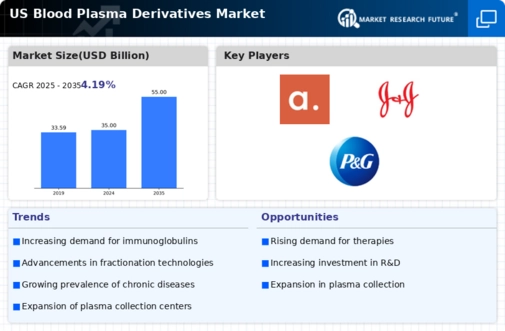
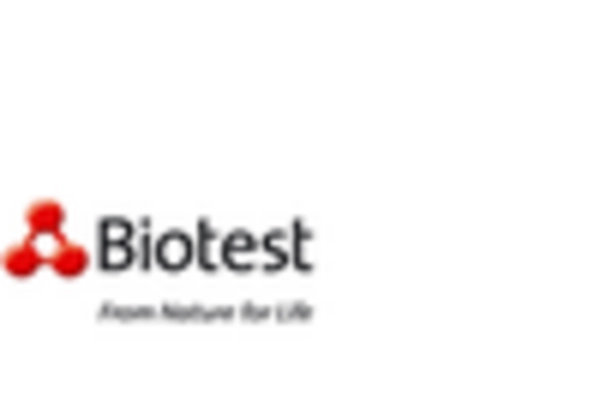
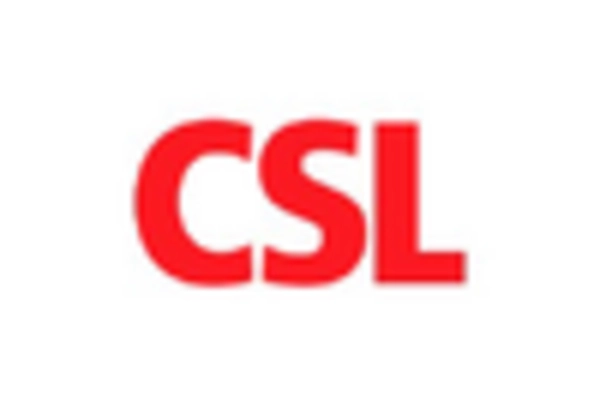

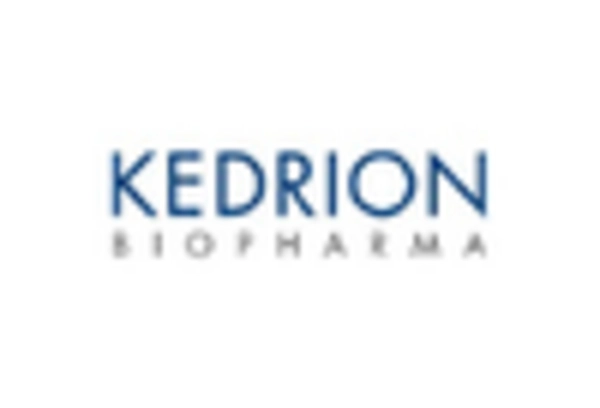
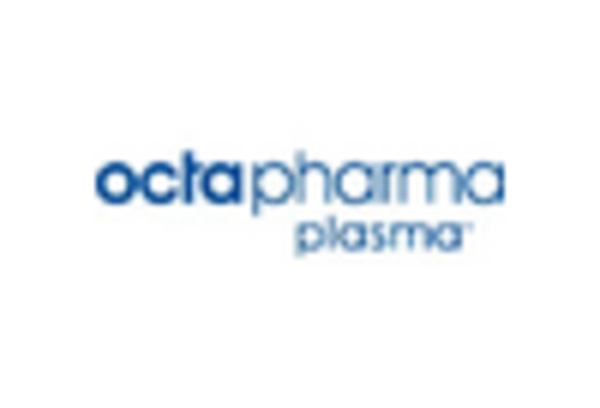
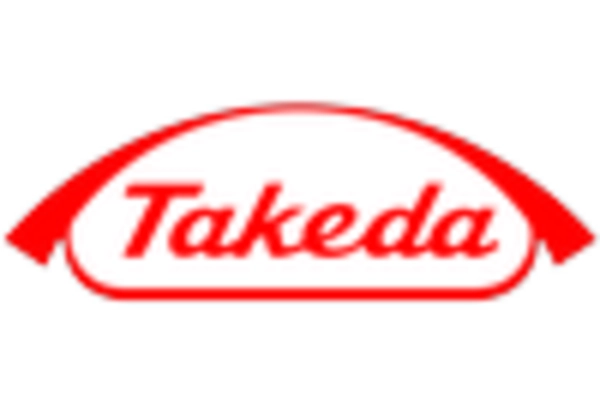








Leave a Comment